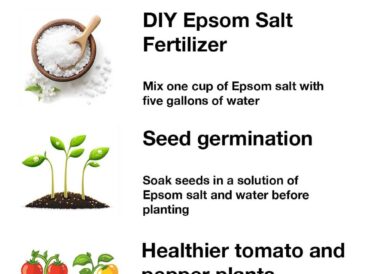Ginger, a pungent spice with a rich history in traditional medicine, has garnered attention for its potential to aid in weight loss and fat burning. While ginger alone isn’t a magic bullet for melting away fat, incorporating ginger water into a healthy lifestyle can contribute to a holistic approach to weight management and overall wellness. This article delves into the science behind ginger’s fat-burning properties, explores the potential benefits of ginger water for various areas of the body, and provides practical ways to incorporate this spicy elixir into your daily routine.
Ginger: A Spice with Thermogenic Properties
Ginger contains bioactive compounds, particularly gingerols and shogaols, that contribute to its distinct flavor and potential health benefits. These compounds have been shown to have thermogenic properties, meaning they can slightly increase the body’s core temperature and metabolic rate. This increase in metabolism can potentially aid in burning calories and fat.
Ginger Water and Abdominal Fat
Abdominal fat, also known as visceral fat, is a type of fat that surrounds internal organs and is associated with an increased risk of health problems like heart disease and type 2 diabetes. Ginger water may help reduce abdominal fat through several mechanisms:
- Increased Metabolism: As mentioned earlier, ginger’s thermogenic properties can boost metabolism, potentially leading to increased calorie expenditure and fat burning.
- Appetite Suppression: Ginger may help suppress appetite by increasing feelings of fullness and reducing hunger hormones. This can lead to a lower calorie intake and contribute to weight loss.
- Improved Digestion: Ginger has long been used to aid digestion and reduce bloating. Improved digestion can contribute to a flatter stomach and reduced abdominal discomfort.
Ginger Water for Neck, Arms, Back, and Thighs
While spot reduction of fat is not scientifically proven, incorporating ginger water into a healthy lifestyle that includes regular exercise and a balanced diet can contribute to overall fat loss and toning in various areas of the body.
- Neck: Excess fat around the neck can contribute to a double chin or a less defined jawline. Ginger water’s potential to reduce overall body fat may lead to a slimmer neck appearance.
- Arms: Flabby arms can be a concern for many. Ginger water’s potential to boost metabolism and aid in fat burning may contribute to more toned arms when combined with regular arm exercises.
- Back: Back fat can be particularly stubborn. Ginger water’s potential to suppress appetite and increase metabolism may contribute to overall fat loss, including in the back area.
- Thighs: Thigh fat is a common area of concern, especially for women. Ginger water’s potential to aid in fat burning and reduce water retention may contribute to slimmer thighs when combined with regular exercise and a healthy diet.
Additional Benefits of Ginger Water
Beyond its potential fat-burning effects, ginger water offers a range of health benefits:
- Anti-inflammatory Properties: Ginger has potent anti-inflammatory properties that can help reduce pain and inflammation throughout the body.
- Improved Blood Sugar Control: Ginger may help improve insulin sensitivity and blood sugar control, which is beneficial for individuals with type 2 diabetes or those at risk.
- Nausea Relief: Ginger is a well-known remedy for nausea and vomiting, particularly during pregnancy or after surgery.
- Immune System Support: Ginger’s antioxidant properties can help boost the immune system and protect against infections.
How to Make Ginger Water
Preparing ginger water is simple:
- Ingredients:
- 1-inch piece of fresh ginger root, peeled and thinly sliced
- 4 cups of water
- Instructions:
- Add the ginger slices to a saucepan with the water.
- Bring the water to a boil, then reduce heat and simmer for 10-15 minutes.
- Remove from heat and let cool slightly.
- Strain the ginger water into a pitcher or jar.
- Add optional ingredients like lemon juice, honey, or mint leaves for flavor.
- Drink the ginger water throughout the day, preferably on an empty stomach or before meals.
To continue click page 2




